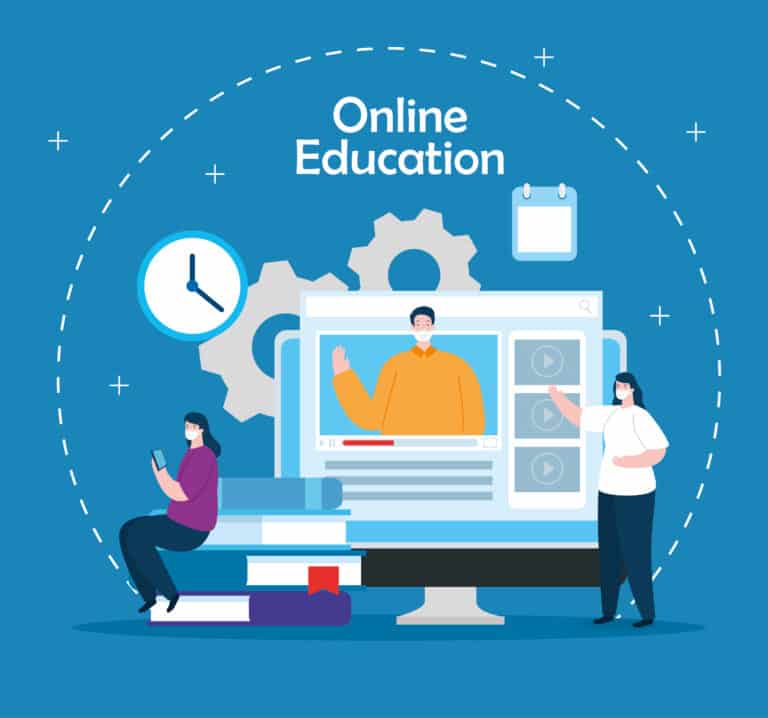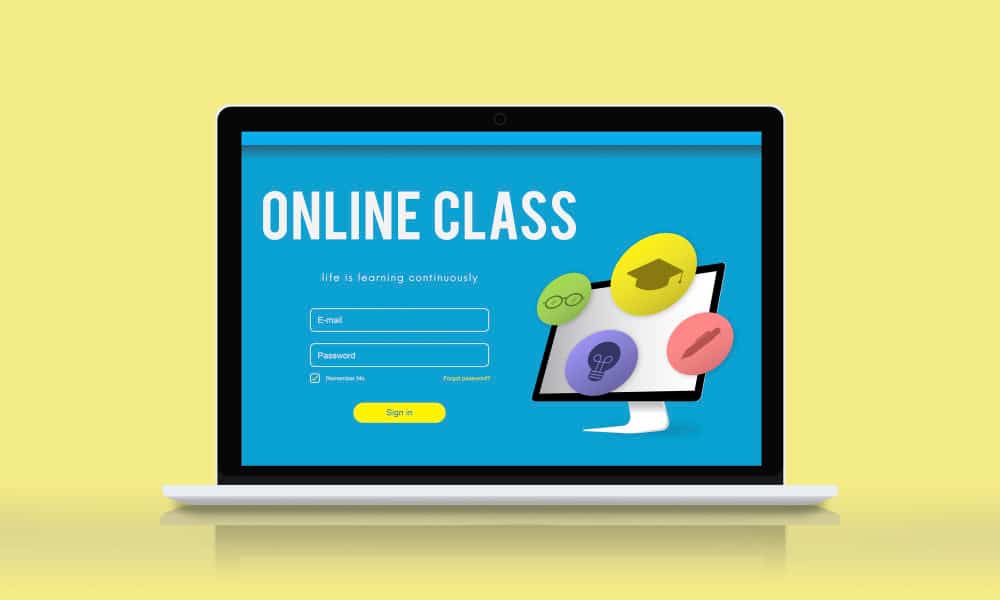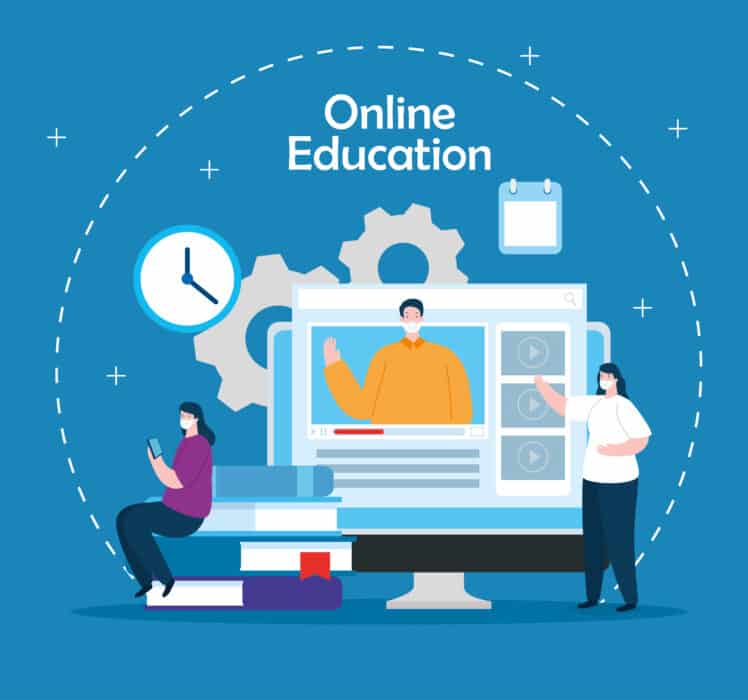Table of Contents
ToggleThe emergence of online learning platform has transformed how information is communicated and gained in the digital era, transcending conventional boundaries in education. These platforms provide learners of all ages and backgrounds with unmatched accessibility, flexibility, and convenience, enabling them to have a world of educational materials available to them at their fingertips. However, as the use of online learning grows, it is more important than ever to protect the sensitive educational data stored on these platforms.
We set out on a trip in this article to examine the fundamental procedures and industry-recognized best practises for developing an online learning environment with a laser-like emphasis on safe content delivery. Education providers may create a climate of trust and confidence for both teachers and students by using strong security measures, cutting-edge technology, and rigorous content management practises.

The Rise of Online Learning Platforms During the Digital Revolution
The emergence of online learning platforms has caused a profound change in the educational environment by enabling students to access a wide range of topics, programs, and resources from any location. With the help of these platforms, learning is no longer restricted to the four walls of conventional classrooms but instead extends across virtual worlds, welcoming students from all backgrounds to begin their educational adventures.
A wide range of learners, including those pursuing formal education, working adults seeking career improvements, and lifelong learners hungry for information, are catered to by online learning platforms. Through user-friendly interfaces, they provide courses on a variety of topics, from academic fields to specialized skills.
Secure Content's Vital Role in Online Learning Platforms
Online learning systems have significant advantages, but one aspect is critical to their success: the safe transfer of instructional materials. High-quality course materials are produced by educators with a lot of time and effort, ranging from interactive videos to in-depth e-books and tests. To promote instructor trust and preserve the integrity of the overall learning environment, it is crucial to protect this intellectual property.
Additionally, protecting content is crucial for students. Students who want to broaden their horizons deserve a setting free from worries about unauthorised access or piracy so they may confidently immerse themselves in their work and concentrate on their academic goals.
Platform for Online Learning and Secure Content
Administrators and developers of online learning platforms must be proactive in implementing various security measures in order to strike the delicate balance between accessibility and security. By putting these protections in place, both users and content providers will feel more secure, which will promote an environment that encourages skill development and information exchange.

Best Practises for Securing Your Online Learning Platform
It takes a multifaceted strategy that combines technology developments with proactive content management techniques to provide a safe online learning environment. Let’s explore the best practises and crucial actions that will protect your platform from any security risks and guarantee a positive learning environment for everyone.
- Robust Content Management System (CMS)
A secure online learning platform begins with a robust Content Management System (CMS). The CMS acts as the backbone of the platform, allowing administrators to manage, organize, and deliver educational content efficiently. Choose a reputable CMS that offers strong security features, regular updates, and data encryption protocols to safeguard against unauthorized access.
- User Authentication and Authorization
Implementing strong user authentication and authorization mechanisms is crucial for ensuring content security. Users, including students, instructors, and administrators, should be required to create secure accounts with unique login credentials. Two-factor authentication (2FA) can add an extra layer of protection to prevent unauthorized access.
- Secure Socket Layer (SSL) Certificates
Employ SSL certificates to encrypt data transmitted between users’ devices and your online learning platform’s servers. SSL ensures that any sensitive information, such as login credentials or payment details, remains protected from potential hackers or cyber threats.
- Role-Based Access Control
Adopt a role-based access control system that restricts users’ access to content based on their designated roles. Administrators should have full access, while instructors and students should only access the materials relevant to their courses or subjects. This approach minimizes the risk of data breaches and content piracy.
- Watermarking and Encryption
To protect proprietary content from unauthorized copying and distribution, consider implementing digital watermarking and encryption techniques. Watermarking embeds an invisible mark into the content, identifying the source of any leaks or unauthorized sharing. Encryption ensures that even if someone gains access to the content files, they cannot decipher the information without the decryption key.
- Regular Content Audits
Perform regular content audits to identify any potential security vulnerabilities. This process involves reviewing access logs, monitoring user activities, and analyzing any suspicious behavior. Promptly address any anomalies to ensure the content’s security and integrity.
- Secure Payment Gateway
If your online learning platform involves paid courses or subscriptions, integrate a secure payment gateway to handle financial transactions. Partner with reputable payment processors that comply with industry security standards, such as Payment Card Industry Data Security Standard (PCI DSS).
- Secure Video Streaming
If your platform includes video content, use secure video streaming protocols to prevent unauthorized downloads or screen captures. Encrypted video streaming technologies add an extra layer of protection to your educational videos, ensuring they are only accessible within your platform.
- Regular Updates and Patches
Keep your CMS and all associated software up-to-date with the latest security patches. Hackers often exploit known vulnerabilities in outdated software. Regular updates help safeguard against potential security breaches.
- Data Backup and Recovery
Implement a robust data backup and recovery system to ensure that educational content remains accessible even in the event of system failures or cyber attacks. Regularly back up all content and sensitive data in secure offsite locations.
Conclusion
Creating an online learning platform with secure content is essential to protect the intellectual property of educators and maintain a safe learning environment for students. By investing in a robust Content Management System, user authentication, SSL certificates, role-based access control, and other security measures, you can confidently provide a secure and enriching online learning experience. Stay vigilant, regularly audit content, and prioritize data security to foster trust among users and elevate your platform to new heights in the competitive online education landscape. you can secure your content and videos with Inkrypt Videos, Contat us

